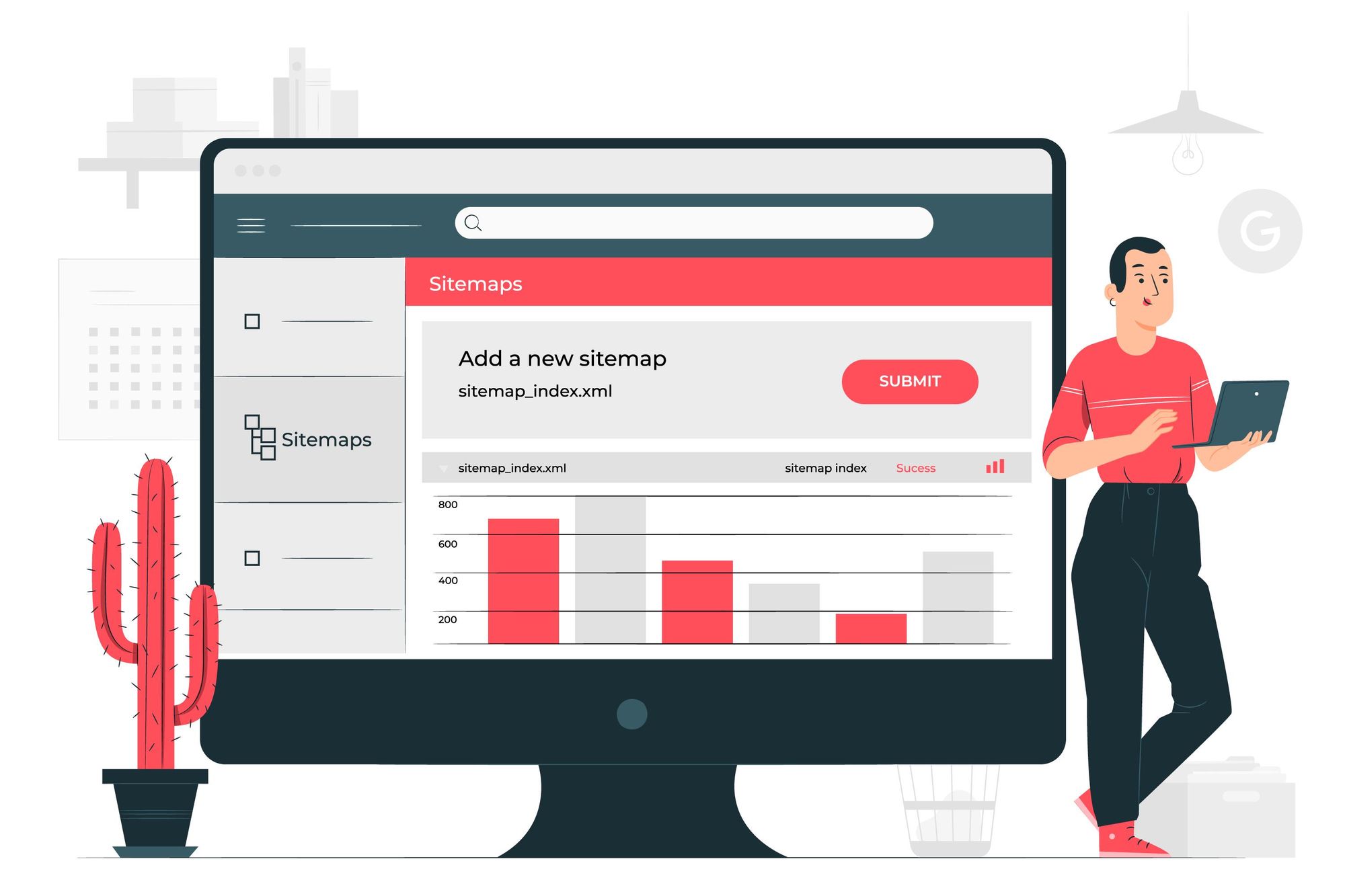Duplicate video content means one thing to Google - mediocrity.
And at no cost does the crawler want to rank low-quality pages.
Even when you are extensively repurposing your content, Google takes it as an indication of low quality.
Let’s face it, if you are using the same content throughout your website on tens of different pages, then it is kind of useless.
When it comes to videos, the laws are slightly rigged in favor of the content thieves. But, there is still a scope of cannibalizing your video content by extensively repurposing it, especially in the B2B scheme of things.
There are myths, there are facts, and there are practical problems surrounding the duplicity detection mechanisms employed by search engines today.
We shall go through all these and more to get a stronger grip on one of the top 5 SEO problems of marketing today, duplicity.
What is Considered as a Duplicate Video?

Duplicity in videos is understood in the context of the platform it is hosted on.
When it comes to YouTube, if any video, in part or whole is reuploaded, repurposed in a new video without commentary, substantiated reactions, or relevance, then it is considered as duplicate.
For example, say you are watching a tutorial video. And you think, hey this is exactly what my audience needs, and reupload it on your channel by illegally or legally downloading the video. Then you get a copyright strike.
Further, if you think you only want to use a part of the tutorial video to get across just one definition from the video, again, it is considered duplicity, and you get a strike.
But, let’s say you don’t agree with whatever is said in the tutorial video and have substantial commentary about it. You remove the audio and add your own authentic background audio commentary. Even then you stand a chance for a copyright strike because of the YouTube algorithm.
If you show your face, however, and show the video in parts as you comment on it, then it is not considered as duplicity.
This comes under the YouTube policy of fair use. However, it is important to note that the terms under fair use depend on the laws and policies of different nations.
YouTube cannot decide what is fair use, and what isn’t. It follows a general rule of thumb, as mentioned above. But, ultimately, the judiciary bodies have authority over what is fair use and what isn’t.
When it comes to embedding the same video on different pages of your website, Google views duplicity entirely differently.
Repurposing video content is sometimes important to the context of the content. It is standard practice and is not considered copyright theft. Granted, you credit the source.
However, if you embed the same video content on virtually every page of your website, then you definitely will be flagged by the web crawler as a low-quality website.
This becomes an even greater problem when the content surrounding the video content is also repurposed, then you will be pushed further into the back.
That being said, let’s look at how Google indexes videos and identifies duplicity.
How are Videos Indexed by Google?

Duplication of content was a major issue faced by many creators heavily back in the day. There was a time when copied websites were getting ranked better than the originals simply by optimizing content better.
To counter this, Google restructured its policies and algorithm on duplicity and search results ranking with Google Panda, an update to their algorithm, named after the engineer behind it, Naveen Panda.
This was aimed to manage the unfair ranking of low-quality sites, and thin sites.
Panda extensively looked at containing duplicity by pushing it back in rankings. The way Google approaches duplicity is through different levels.
Page-level duplication is when a video is present on multiple web pages of the same website.
In this case, Google web crawler will pick and choose depending on the percentage of uniqueness of the rest of the content.
If the webpages are strikingly similar, this will be dubbed as a low-quality website. However, with more than seventy percent unique content apart from the video, the crawler will not see it as low-quality.
But what if websites are creating thin pages containing duplicity? Thin pages are those that contain not much content apart from the video itself. If one website does this on multiple pages, then it will be flagged as low quality.
And further, your rankings in such a case will take a major hit. Because the web crawler will have a hard time understanding which page should be ranked higher.
Domain level duplication has little to no effect on the current Google algorithm.
Since the URLs of different websites remain different regardless of the same video being hosted on these, it is very hard for Google to identify the duplicate video content.
Of course, since videos are embedded, these could be of an entirely separate creator who does not own any of the web pages these are embedded on, so how will Google ever decide what’s a duplicate.
This brings us to an important question. How does google find videos in searches?
Well, Google identifies videos by HTML tags like <video>, <embed> etc. Webpages with complex user actions set in place to include videos render these videos unidentifiable in the Google search. The same holds for web pages with specific URL fragments to load.
When websites start using the same content on different webpages, the first trick in the book is to block crawler access on other pages and favor these on one. Google has explicitly stood against this. This is because blocking crawler access will push it to identify the different pages as different, unique entities.
Taking this into consideration, if you are reposting video content on your pages, to avoid page-level duplicity flags, you can use the ‘canonical’ attribute under the <link> element.
There is another way that Google recognizes your video for search results, that is through a video sitemap. And this is where Google recognizes videos hosted on your webpages, instead of videos embedded. The catch here is the metadata. Video sitemaps require additional information for each video and structured data.
This is the way Google recognizes when to display your video in the form of a snippet to a search result. This is dependent on the structured data you provide to Google through the video sitemap. And the metadata is Google’s insight into duplicity when it comes to domain-level indexing.
You see, if another domain blatantly copies your video metadata, Google crawls through their video sitemap and detects it. And this is treated as any other case duplicity of content. This means, either the website will be pushed further back or penalized.
Can I Upload the Same Video to StoryXpress and YouTube?

If Google uses the meta data to identify duplicity, then what about the authentic source of videos which itself is choosing to upload the video on different platforms? Or even web pages?
See, if you host the same video on multiple pages within your website, a search result for that particular video will not show multiple links to your webpages. Instead, it will show a similar video for different domains.
So, in a way, it seems that it is better to upload the same video on multiple different platforms. Not only does it give you better reach, but also helps you rank better.
Specifically talking about StoryXpress and YouTube, it is important to note that these are both video hosting platforms. And they will each create a video sitemap, where the meta data might be similar. But it will still not harm your rankings. Because these platforms will each transcode your videos differently.
But, here-in lies a trap.
If both of your video URLs on YouTube and StoryXpress compete for rankings, the user will choose on his or her whim or fancy. And this means you will have no control over the user experience for that video.
When you host a video on StoryXpress, the user gets an ad-free, premium experience. And you can add relevant clickable call-to-action buttons to your videos. This is extremely important to drive conversions for B2B.
However, YouTube blasts ads from your competitors on the same video left and right. And it can give your conversion rate for that video a huge blow.
Although you stand a chance to rank more often, you also stand a chance of diverting your traffic to an uncontrolled environment. But, even then it will not affect your rankings in terms of duplicity.
You can upload the same video on virtually every platform and you will not be risking pushbacks on the grounds of duplicity. However, it is also important to note that Google looks at the metadata and other information like thumbnails, titles, and descriptions to rank videos as well.
And Google explicitly states that using the same thumbnail, title or description can negatively affect video indexing, even if you solely own the content.
That is why, even if you do go ahead and upload your videos on various platforms for brand integrity, it is important that you repurpose videos instead of using the same copy. And write a unique description, and create a unique thumbnail for each of these platforms.
This is also a huge problem for video shows wherein the same thumbnail is used multiple times, owing to the format.
Google doesn’t take down websites for duplicity unless it finds that a website is engaged in deceptive practices. Then it follows the DMCA, or the Digital Millennium Copyright Act to remove a website or remove it from the search at least.
The same DMCA is used for YouTube. YouTube has a very strict policy when it comes to copyright issues and duplicity. It has powerful algorithms set in place, and sometimes entire channels are demonetized for using clips from videos not owned by them.
If you do think that your video content is not duplicate and comes under fair use, you can file an appeal with YouTube.
Fair use protects users on grounds of criticism, commentary, and reactions to a video.
However, these are subject to local laws. And in some insane cases, creators have taken up other fair use creators on the matter of copyright infringement, and manage to lose the case. Owing to the jurisdiction’s view of fair use.
All said and done, video content still requires better universal laws, but repurposing somebody else’s content with clear deceptive and/or manipulative intent will have major consequences.
If your website in itself is troubling you with duplicate video content issues, don’t worry, Google has you covered. It has a pretty solid crawler for page-level indexing that can determine the problem and figure out how to rank your website.
But, it is recommended you avoid reusing the same video content on every webpage.
That’s it. Hope this summarizes the much misunderstood issue of duplicate video content for you.
If you want Google to remove a page or website that is illegally copying or repurposing your content, you can file out a request for removal under the Digital Millennium Copyright Act here.


 Free Screen Recorder for Chrome
Free Screen Recorder for Chrome













